Information for year 2017 are provided Can you be more expil
Information for year 2017 are provided. Can you be more expilcit about what you need? you have every information already
Balance Sheet(values in 000\'s)
period ending
1/28/2017
1/30/2016
current assets
cash and cash equivalents
2,512,000
4,046,000
short-term investments
0
0
net receivables
0
0
inventory
8,039,000
8,601,000
Other Current Assets
1,169,000
1,483,000
Total Current Assets
11,990,000
14,130,000
Long-Term Assets
Long-Term Investments
0
0
Fixed Assets
24,658,000
25,217,000
Goodwill
0
0
Intangible Assets
0
0
Other Assets
783,000
915,000
Deferred Asset Charges
0
0
Total Assets
37,431,000
40,262,000
Current Liabilities
Accounts Payable
10,989,000
11,654,000
Short-Term Debt / Current Portion of Long-Term Debt
1,718,000
815,000
Other Current Liabilities
1,000
153,000
Total Current Liabilities
12,708,000
12,622,000
Long-Term Debt
11,031,000
11,945,000
Other Liabilities
1,878,000
1,915,000
Deferred Liability Charges
861,000
823,000
Misc. Stocks
0
0
Minority Interest
0
0
Total Liabilities
26,478,000
27,305,000
Stock Holders Equity
Common Stocks
46,000
50,000
Capital Surplus
5,661,000
5,348,000
Retained Earnings
5,884,000
8,188,000
Treasury Stock
0
0
Other Equity
($638,000)
($629,000)
Total Equity
10,953,000
12,957,000
Total Liabilities & Equity
37,431,000
40,262,000
Cash flow (values in000\'s)
period ending
1/28/2017
1/30/2016
Net Income
2,737,000
3,363,000
Cash Flows-Operating Activities
Depreciation
2,298,000
2,213,000
Net Income Adjustments
508,000
($812,000)
Changes in Operating Activities
Accounts Receivable
0
0
Changes in Inventories
293,000
($316,000)
Other Operating Activities
36,000
227,000
Liabilities
($543,000)
579,000
Net Cash Flow-Operating
5,436,000
5,958,000
Cash Flows-Investing Activities
Capital Expenditures
($1,547,000)
($1,438,000)
Investments
28,000
24,000
Other Investing Activities
46,000
1,922,000
Net Cash Flows-Investing
$1,473,000)
508,000
Cash Flows-Financing Activities
Sale and Purchase of Stock
($3,485,000)
($3,183,000)
Net Borrowings
($664,000)
($85,000)
Other Financing Activities
0
0
Net Cash Flows-Financing
($5,497,000)
($4,630,000)
Effect of Exchange Rate
0
0
Net Cash Flow
($1,534,000)
1,836,000
IV. Adjusting Entries:
A. Explain the type of depreciation method Target Corporation uses and why they use this method.
B. Identify an example of an adjusting entry (other than depreciation), such as prepaid expenses, supplies, or unearned revenue, and whether or not Target Corporation has this account listed on the balance sheet. You could consider why this might not be listed.
VI. Communication: For this part of the assessment, you will prepare memorandums to upper management addressing certain scenarios or situations.
A. As the controller of Target Corporation, compose a memo to the CEO addressing the advantages and disadvantages of transitioning from GAAP to IFRS.
B. As the controller of Target Corporation, compose a memo to the CEO addressing the following scenario: Your biggest customer has just gone bankrupt, and you must inform the CEO how this will affect your accounts receivable. Assume that the accounts receivable balance is at least $100,000.
When writing your paper considers the following:
A company may use several different depreciation methods or just one. This information will be disclosed in the notes. If the company has not explained why they use the method, you will want to consider the pros and cons of the method and use the information you know about the method to provide why you think they chose the method.
For the adjusting entry think about gift cards (accrued liabilities) and prepaid (accrued expenses), etc. Many items are adjusted based on revenue and expense recognition principles.
Transitioning from GAAP to IFRS does have advantages and disadvantages.
When discussing Accounts Receivable make sure you do consider whether Target Corporation uses the direct write-off method, or an allowance? How would handling this scenario be different based on the method used? What accounts would be affected based on the method used to account for bad debt?
Please do make sure you fully address each critical element with appropriate detail and that you defend your content in your paper with scholarly sources.
Support your arguments with at least three peer-reviewed sources cited in APA format
| ||||||||||||||||||||||||||||||||||||||||||||||||||||||||||||||||||||||||||||||||||||||||||||||||||||||||||
Solution
IV: Adjusting Entries:
A. The method of depreciation company is using is Written Down Value Method. The model used for showing the asset is cost model approach in which the assets are shown at cost less accumulated depreciation if any. They use this method because under this method the assets are shown at their written down value method which shows the true and correct picture of the asset.
B. The example of an adjusting entry is unaccured income of $508000 which shows that the income is received by the company but the same has not been accured for the company. This could be shown under any current liability head but has not been shown separately.
VI. Communication:
A. Memo to CEO regarding advantages and disadvantages of transitioning from GAAP to IFRS:
Memo
To: Chief Executive Officer
From: XYZ, Controller
Date: 10th January, 2018
Re: Advantages and Disadvantages of transitioning GAAP to IFRS
Dear Sir/Madam,
It is essential to bring into your notice the advantages and disadvantages of using IFRS from GAAP since the company is planning to use the accounting policies and methods as per IFRS from GAAP. So the main advantages of IFRS are:
1. Business using IFRS can compare their financial information with other companies using IFRS. Thus it promotes comparability.
2. It is beneficial for both small and large investors as it shows the fiancial information more accurately, clearly and transparently.
3. It saves the cost of the investors which they have to be paid to their analyst as the financial information is more clearly shown under IFRS
4. It promotes the principle of univarsality as all the financial information are prepared using the same accounting principles.
Disadvantages of IFRS:
1. Whether large or small all the business enterprise has to invest high amount of money in the use of IFRS. Although large companies could afford it but it is not convenient for the small companies to adopt the IFRS.
2. It is prone to manipulation
3. It is not globally accepted till now and the acceptance will require some sort of time. Till then the companies may lack the feature of comparability.
Thank You
B. Memo in case the customer has gone bankrupt:
Memo
To: Chief Executive Officer
From: XYZ, Controller
Date; 10th January, 2018
Re: Bankruptcy of the customer
Dear Sir/Madam,
It is to bring your notice that one of our prominent customer has been declared as bankrupt due to a severe fire in its godown of stock. The amount due to him is $100000 out of our account receivables. The customer is very prominent and accounts for 40% of the sales during the current year. This memo has been drafted to bring your attention towards the bankruptcy of the customer and what steps are required to reclaim the amount to the extent possible at the earliest.
Thank You
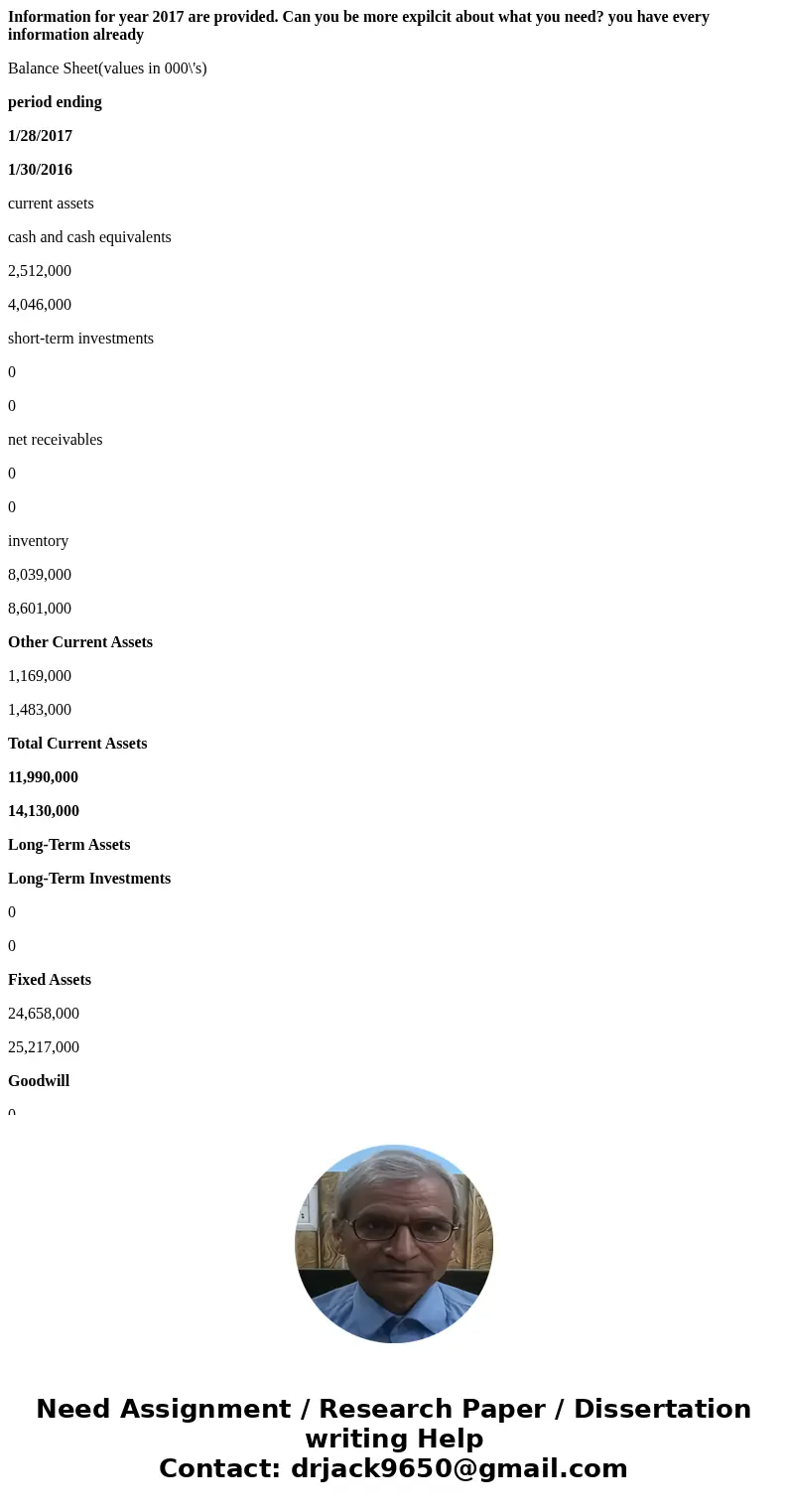
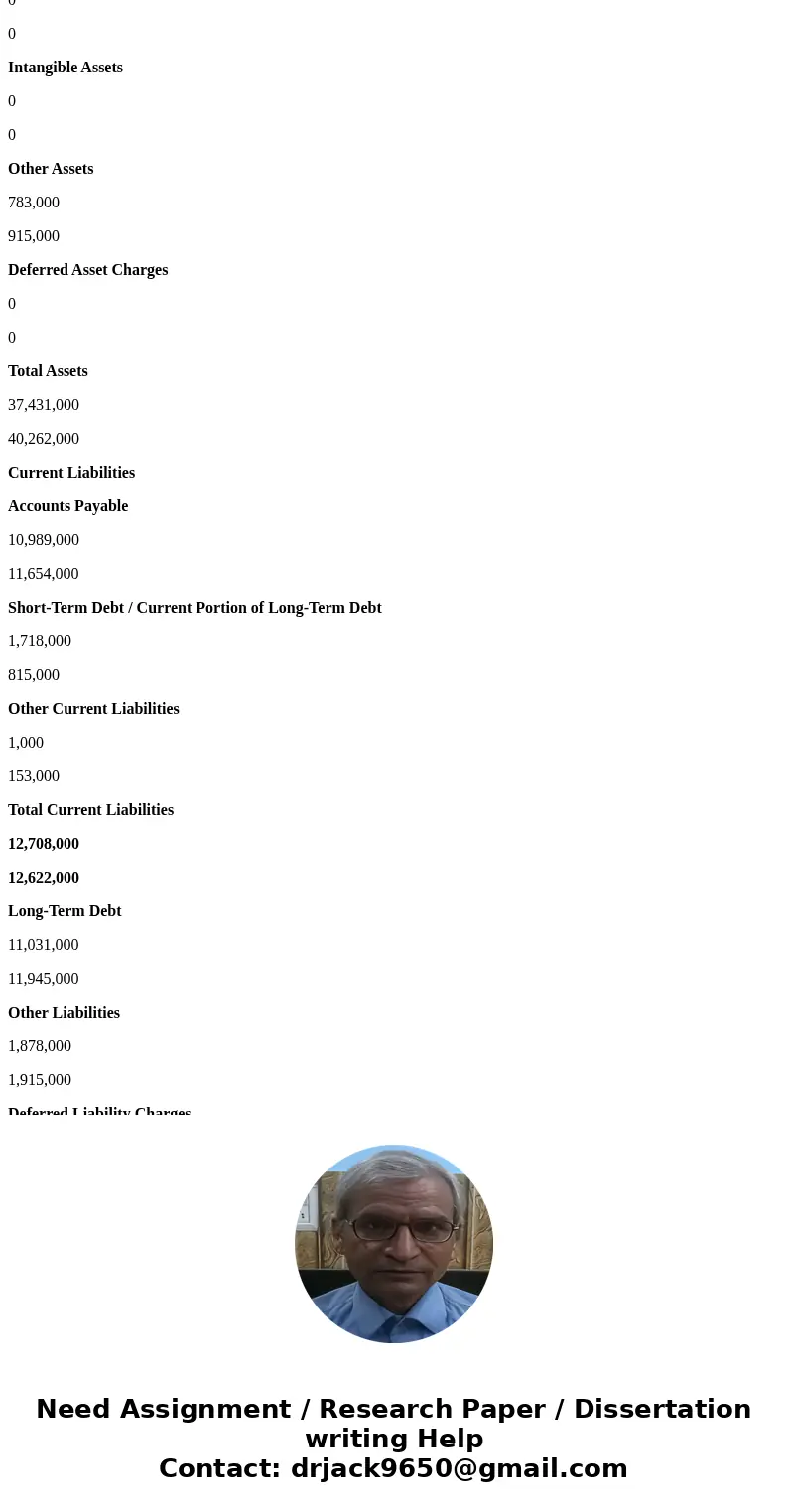
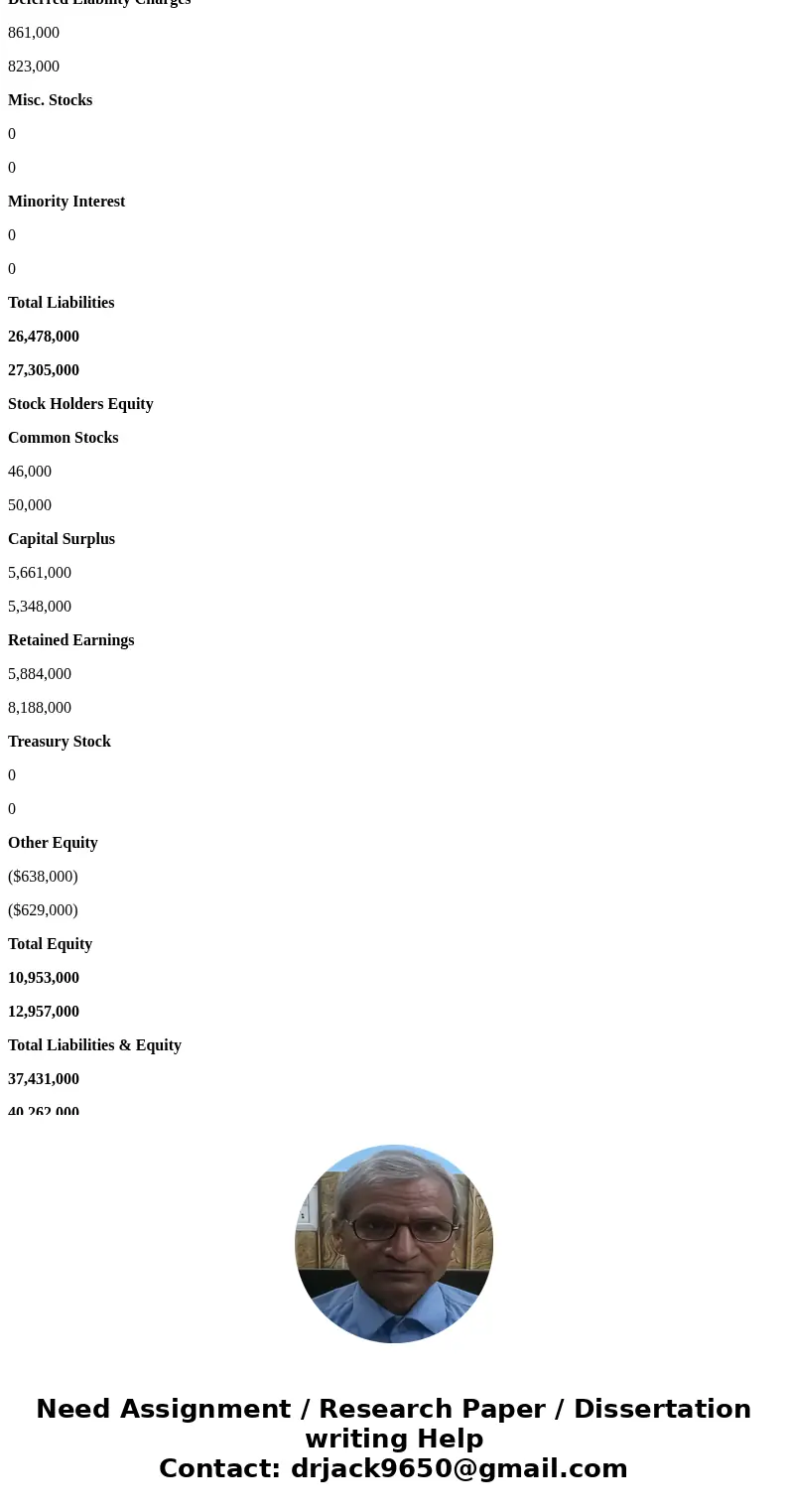
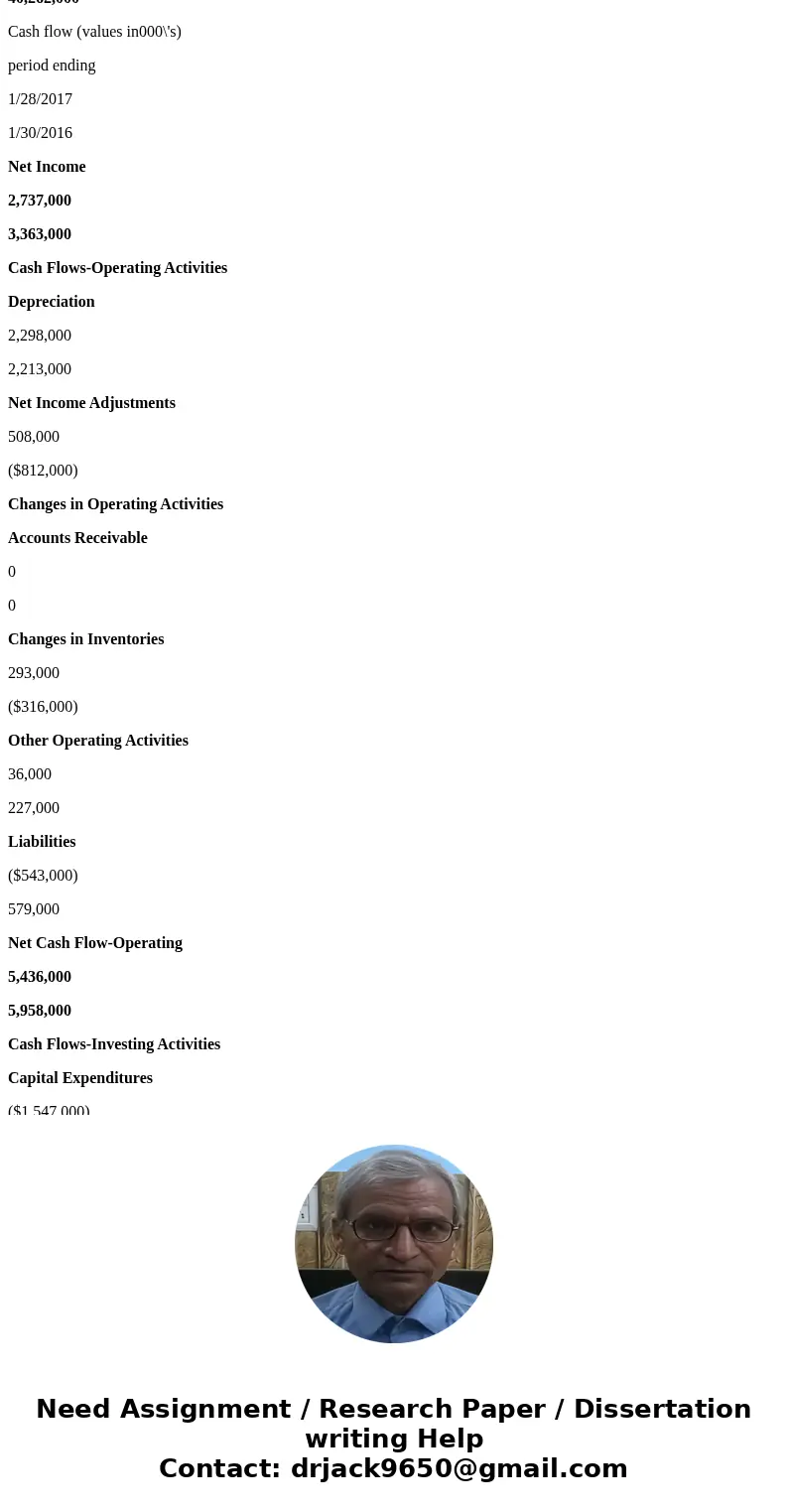
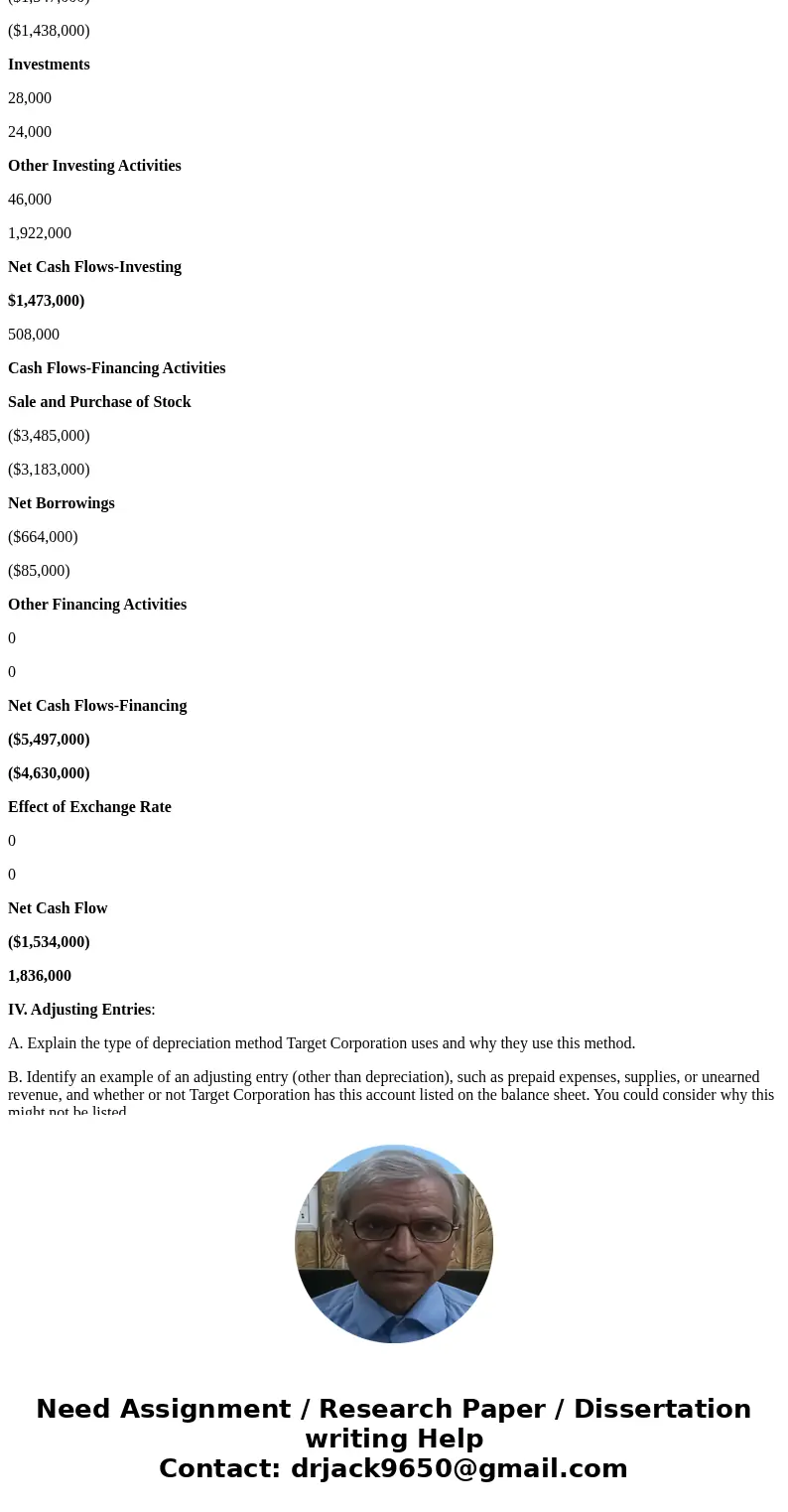
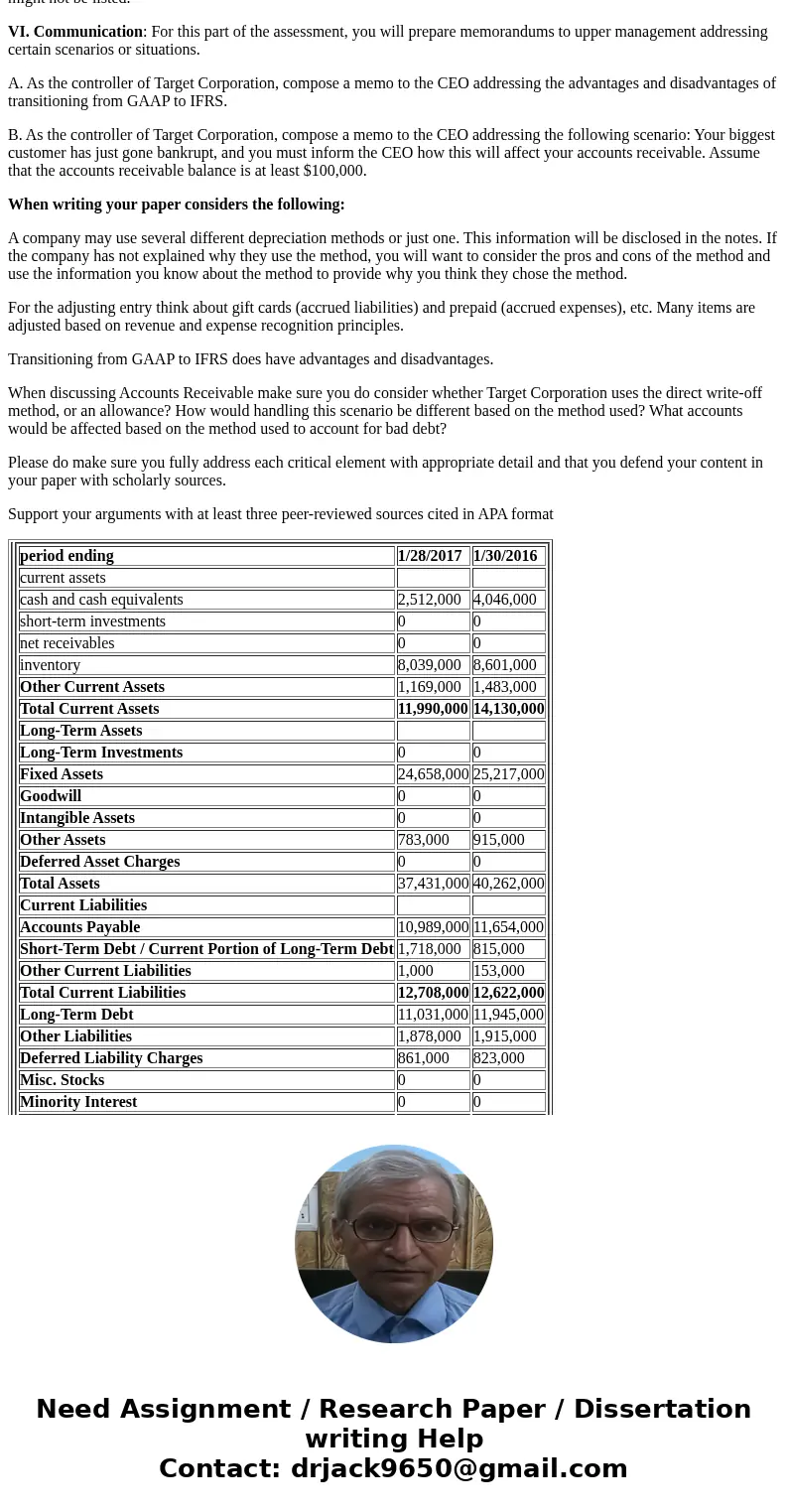
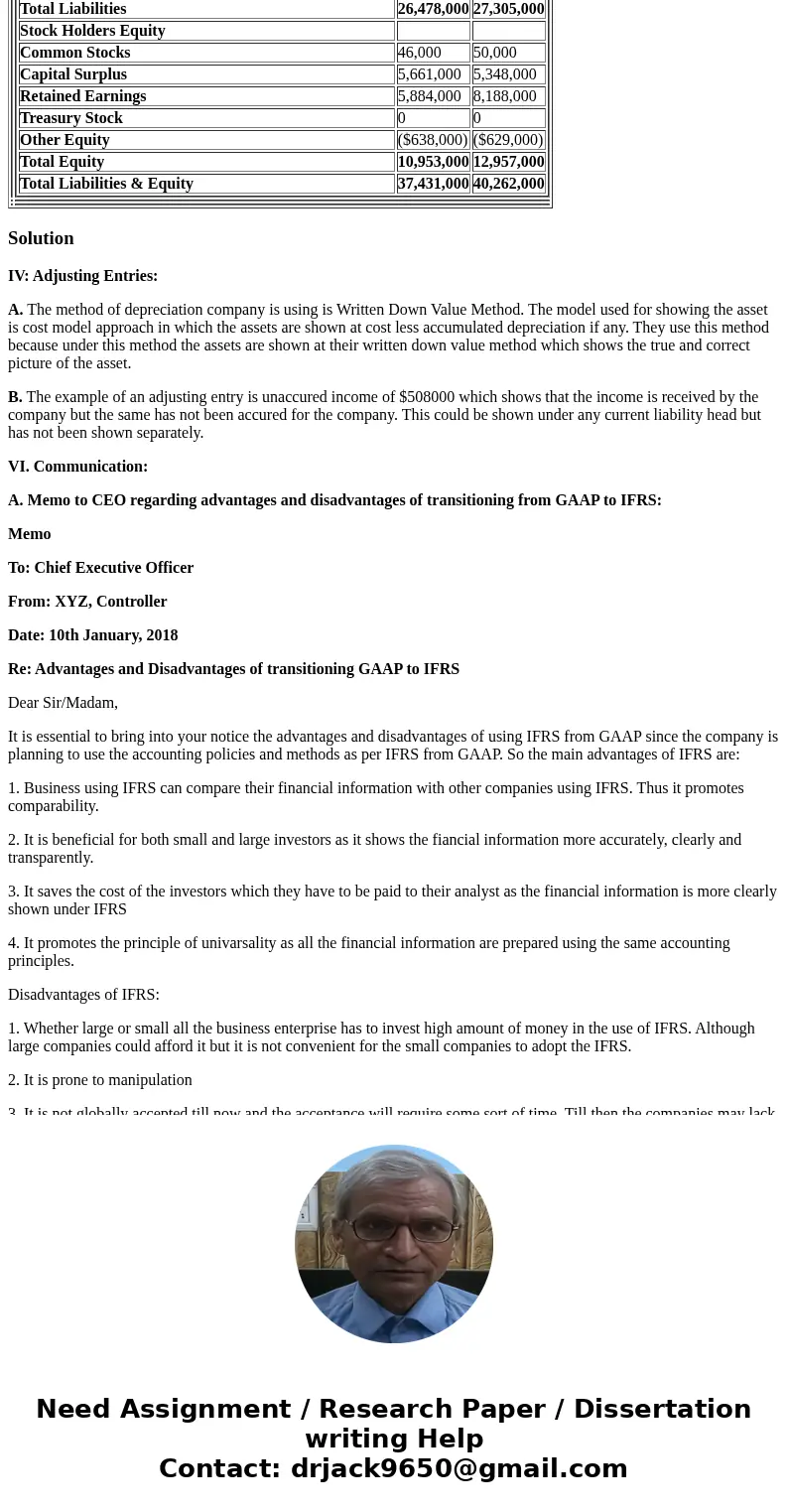
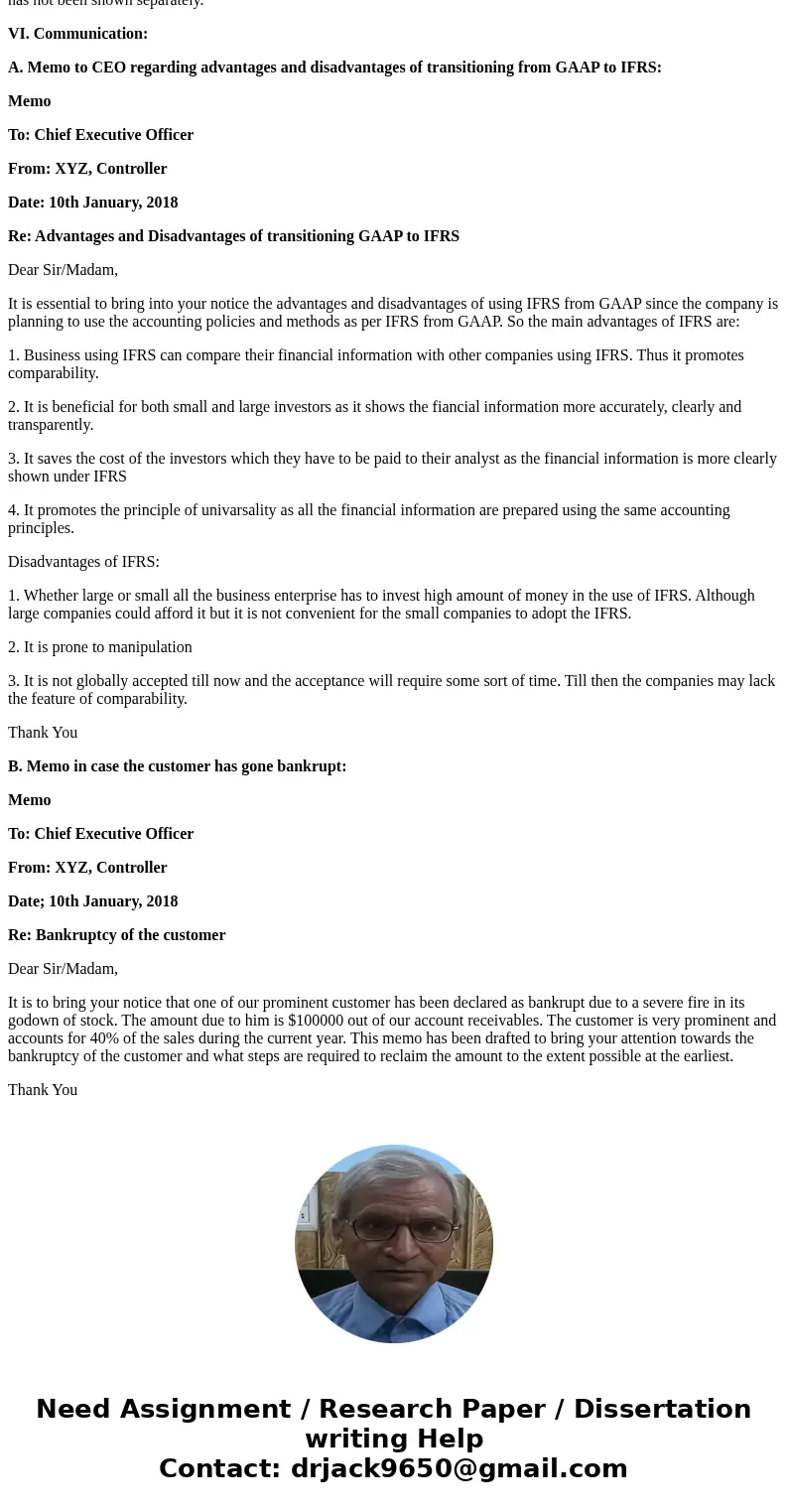
 Homework Sourse
Homework Sourse